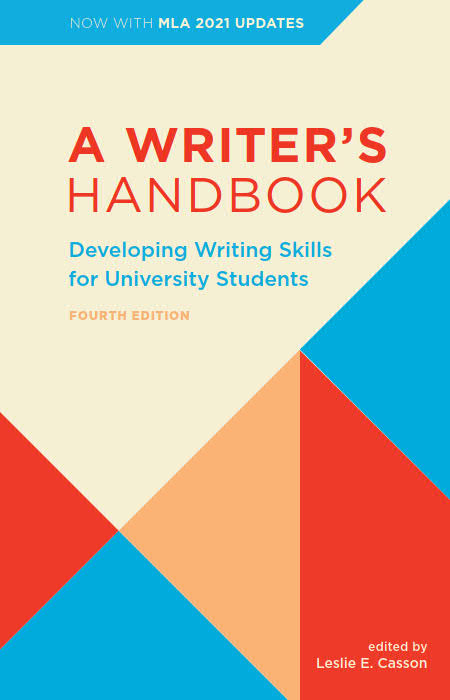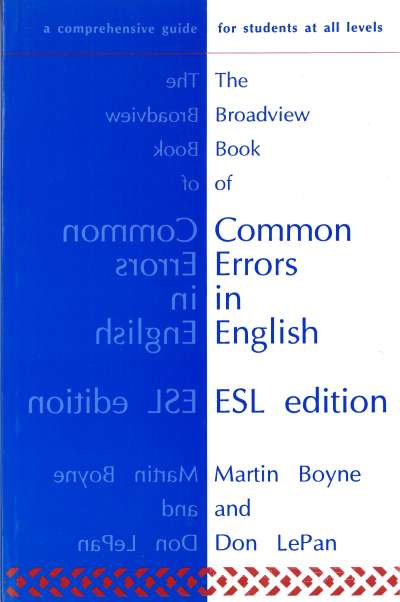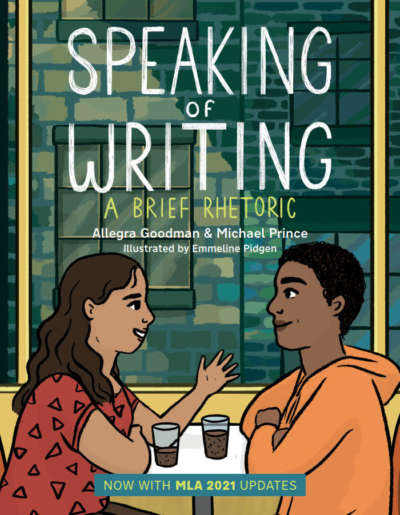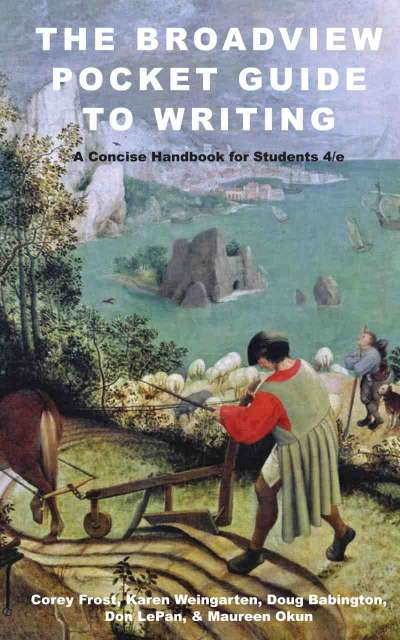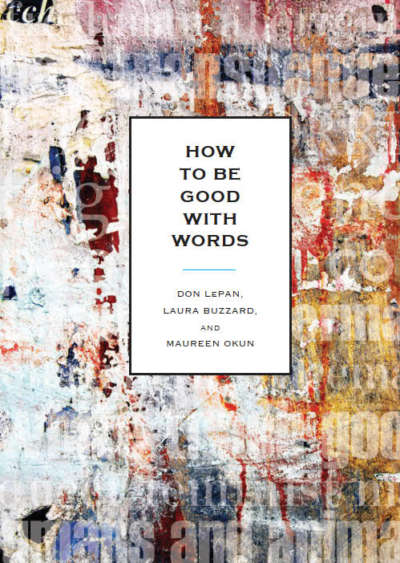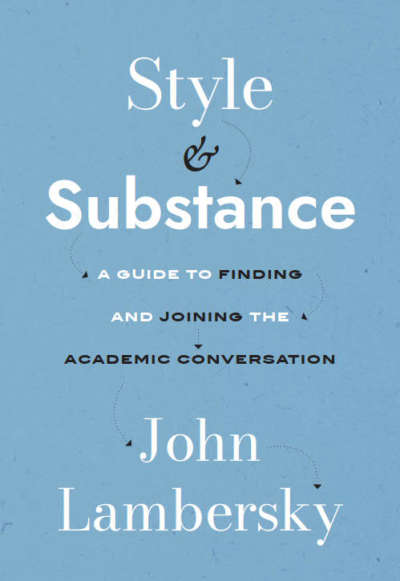Written collaboratively by writing instructors at the Queen’s University Writing Centre, A Writer’s Handbook is a compact yet thorough guide to academic writing for a North American audience. This clear and concise handbook outlines strategies both for thinking assignments through and for writing them well.
The fourth edition is revised and updated throughout and reflects changes to MLA citation style for 2021.
Comments
Praise for previous editions:
“My students will find A Writer’s Handbook immediately helpful; it makes sense of what professors often fail to explain but expect students to know and perform effortlessly.” — Caroline L. Eisner, Director of Academic Writing, AcademicCoachingandWriting.org, and co-editor of =Originality, Imitation, and Plagiarism: Teaching Writing in the Digital Age
“A Writer’s Handbook beautifully speaks to and meets the needs of its target readers: university undergraduate students. Casson and the other contributors truly understand the common and most significant issues of undergraduate writing, whether in the humanities or the sciences, and they communicate with refreshing clarity the strategies, techniques, and information that students will need in order to write effectively. An accessible, concise, and engaging resource. Highly recommended!” — Michael Johnstone, University of Toronto
Chapter one: Understanding the Assignment
- Looking for Action
- Different Verbs, Different Essays
Chapter two: Planning and Outlining
- Gathering Material
- What/How/Why
- Organizing Material—Developing Your Thesis and Outline
Chapter three: Paragraphs
- The Long and the Short of It
- What/How/Why … Again
- Focus and Coherence
- Transitions
- Beginnings and Endings
- Know Your Project
Chapter four: Stylistic Decisions
- Editing with Your Ears
- Content vs. Grammar
- To Be or Not …
- Prepositional Phrases
- Tone
- Beware Your Thesaurus
- Figurative Language
- Be Precise and Be Realistic
Chapter five: Essential Grammar
- Clauses
- Voice: Passive or Active?
- Making Contact: Working with Connectors
- She or Her, Who or Whom? It All Depends on the Case
- He, She, or They?: Pronoun Agreement and Gender Neutrality
Chapter six: Punctuation
- That’s All I Have to Say. Period.
- Connecting Ideas: Commas and Dashes
- Connecting More Ideas: Colons and Semicolons
- Exclamation Points!
- Ellipses and Brackets: Clarifying Quoted Material
- Contraction and Possession: The Apostrophe
- Apostrophes and Plurals
- When Not to Use an Apostrophe: Possessive Pronouns
Chapter seven: Documentation
- The P Word: Plagiarism
- When to Cite a Source
- When Not to Cite a Source
- Documentation Systems
- Modern Language Association (MLA) Format
- American Psychological Association (APA) Format
- Chicago Manual of Style (Chicago Style) Format
Chapter eight: Business Writing
- Reader-Centred Writing: It’s All about You
- Always Look on the Bright Side: Making Negatives Positive
- Creating Information Snapshots: Parallel Structure
- Creating More Information Snapshots: Bullets and Headings
- Memos, Letters, and Reports: Conventional Formats
- Some Notes on Email
Chapter nine: Writing in the Sciences
- IMRAD: Formatting Your Lab Report
- Abstracts: Making the Essentials Concrete
- Passive Voice: It’s Not All about You
- Giving Credit: Documentation Formats
- Tone: Be Direct and Be Objective
Appendix: Confusable Words: Usage and Misusage
Leslie E. Casson is Associate Dean, Arts, Media & Design at St. Lawrence College.

